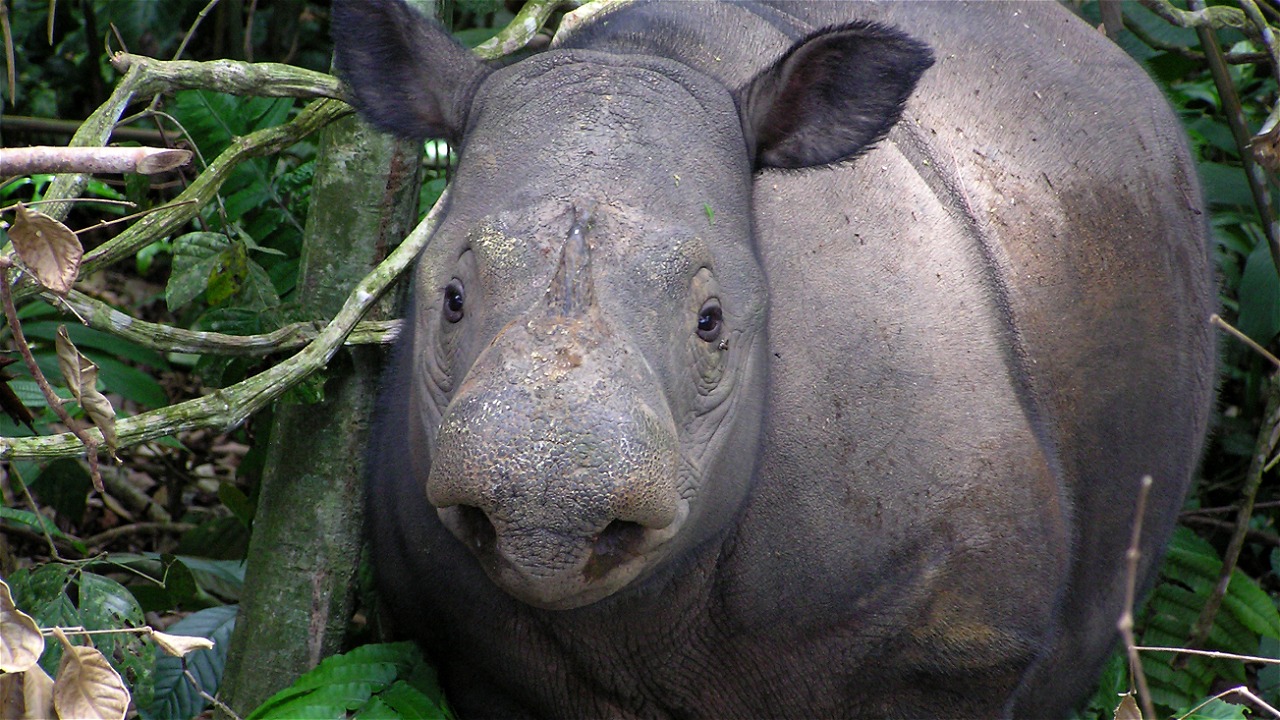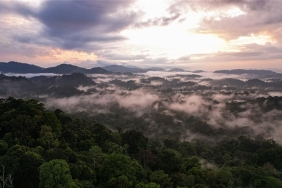TWO-HORNED ANIMAL CAUGHT ON CAMERA TRAPPING IN TNBBS
By Ninish Fajrina
In March, a camera trap installed by WWF Indonesia's monitoring team with the Rhino Protection Unit (RPU) managed to capture the presence of a Sumatran Rhino in Bukit Barisan Selatan National Park (TNBBS), Lampung. The 20-second video shows a Sumatran Rhino walking towards the camera and ends up covering the camera with half of its body.
The appearance of the Sumatran Rhino is good news, because the Sumatran Rhino population in 2012 did not reach 200. In fact, since 1996 the Union for Conservation of Nature (IUCN) red list has put this species on the Critically Endangered list. The threat that haunts the Sumatran rhino population in addition to poachers who are eyeing the horn is that forest land is converted into plantations, so that the habitat becomes fragmented. As a result, it becomes difficult for rhinos to pass through because sometimes they want to go to another forest in the middle of a village. To be able to track the presence and distribution of Sumatran Rhinos, camera traps are installed at various points in the conservation area.
Before camera traps are installed, identification of rhino tracks is important so that installation can be fruitful. After that, the camera is installed in the vicinity of the found tracks. In addition to efforts to map the Sumatran Rhino population, WWF-Indonesia also involves local communities to jointly protect the Sumatran horned animal population. Call out to your neighborhood not to buy and use products derived from Rhino horn and inform them about the current Sumatran Rhino population, so that the Sumatran Rhino population can increase.
To view a video of a Sumatran Rhino caught on camera click here.





